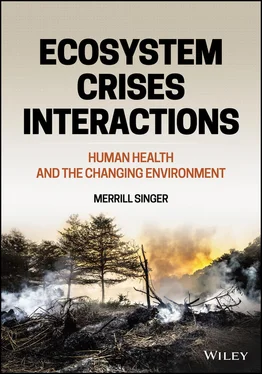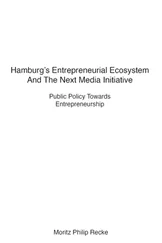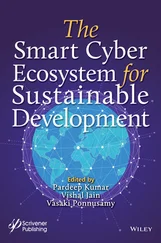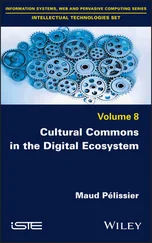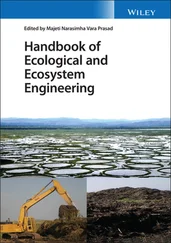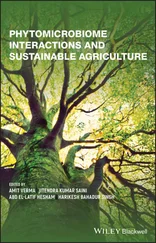behind their various practices of gardening, gathering, fishing, and hunting were rich accumulations of factual knowledge about the plants and animals they produced or otherwise obtained—knowledge not just about the individual items they produced or obtained, [but] necessarily, about the ways those items were interrelated with other aspects of the physical environment … [Moreover] it would be a mistake to conclude that Islanders’ knowledge of their plant and animal universe was limited to it relevance to eating, or to apparel, or shelter, or ornamentation, or medicine, or to other practical uses alone … [They] did not close their eyes and ears to the living things around them simply if the latter served no practical value.
The latter point is also emphasized by Van Der Ploeg & Van Weerd (2010, p. 127) in noting that in their research among the Agta of the Northern Sierra Madre Natural Park area of the Philippines, they found that “[i]ndigenous knowledge of birds is not limited to economically important species, as is often assumed. Agta hunters are familiar with most discernible species.”
While anthropologists like these recognized that the cultures of different societies label and group the elements of nature differently, as exemplified by the many more words for types of snow among the Inuit people of Canada than are to found in standard English, as asserted by Boaz (1911), they took it for granted that material components of the environment existed independent of culture. In short, “‘[c]ultures’ may differ, but nature does not … People see the world in different ways, but the world is still the world” (Heywood 2017). At the turn of the 21st century, however, some anthropologists began to question this bedrock assumption—a shift in perspective that has been labeled the “ontological turn” (Viveiros de Castro 2004; Pedersen 2011; Holbraad 2012). This approach, while critiquing the etic perspective (which subordinates the insider perspective to the conceptions of the outside observer), and asserting that anthropology has not been sufficiently culturally relativist in its accounts of other peoples, “proposes that worlds, as well as worldviews, may vary” (Heywood 2017). Heywood (2017) provides a clarifying example. If, during fieldwork, a member of the group an anthropologist is studying says that that the tree they are pointing to is really a spirit, should the anthropologist record this as a cultural belief? To do so, Heywood maintains, violates the individual’s view that the object in question is a spirit, not that they believe it to be a spirit: “Calling it a belief, as a number of anthropologists writing before the ontological turn have pointed out, is both to mislabel it and to call it mistaken without actually saying so” (Heywood 2017). I encountered this problem during research in Haiti when a man I was talking to, a houngan sur pwen (lower‐level male priest) in the Vodun tradition, told me that at night he turns into a bicycle and spies on his enemies. To interpret this statement as a belief, from the vantage of the ontological turn, when to my interlocker it was a statement of fact, could only be achieved by imposing my understanding of reality on to his understanding of reality.
The ontological turn, if it gained wide adherence within the discipline, would constitute a radical paradigm shift on the scale of a scientific revolution, including with regard to how we think about nature, interspecies interaction, and the human place in the world. But, as a fair number of anthropologists have pointed out, there are grave problems with it. Bessire & Bond (2014, p. 446) argue that:
ontological anthropology is incapable of accounting for those disruptive beings [e.g., mining, petroleum, and logging company executives and other polluting elites] and things [e.g., industrial toxins, rising sea levels and planetary temperatures, disease vectors] that travel between ontologies. Today, it is not only pollution but also logging, mining, agriculture, and oil extraction that routinely impinge on the premier sites of ontology. Ontological anthropology avoids recognizing such confrontations, in part, by pressing all analysis of materiality ever further into sacred materials
An indigenous interlocutor may know a tree is a spirit, but that will not stop a logging company from cutting it down, slicing it into boards, and shipping it overseas to build structures in a wealthy country. Nor will it change the fact that the loss of such spirits/trees fuels climate change, which is now causing droughts and killing large stretches of rainforest. Moreover, are we to accept as a credible reality the statement by Donald Trump—one echoed by many like‐minded politicians and conservative think tank writers and spokespersons who are members of the tribe of climate change deniers—that “Global warming is a total, and very expensive, hoax!” (quoted in Schulman 2017)? While advocates of the ontological turn are correct in demanding that we be mindful in writing about the realities of other peoples as well as the limits of all truth claims, there are severe costs to not striving for an objective understanding of the environment.
Another example that supports this conclusion involves the Eskimo people of Alaska. There is a body of ethnographic and other studies suggesting that the Eskimo have acquired traditional knowledge that they use to avoid diseases, such as botulism and trichinosis, that could be transmitted by unsafe handling of foraged meat, and otherwise to cope with the challenges of the Arctic environment. All of this knowledge, however, was inadequate to handle the discovery of a radioactive nuclear waste dump that had been buried beneath the ground in northwest Alaska by the Atomic Energy Commission in the 1950s. People expressed uncertainty, confusion, and worry (Cassady 2007) knowing that the dump site was crossed by caribou harvested by Eskimo hunters. In fact, Cassady (2007, p. 91) notes that it was impossible for her to express “the magnitude of the vulnerability, resentment and confusion” that circulated in local communities. But despite this concern, the people Caasady interviewed expressed problematic ideas such as the belief that you can cook radiation out of contaminated meat or remove it by aging the meat. In short, there are dangers in treating indigenous understandings of the world as if they are unobjective and do not matter, but there are also dangers in assuming that there are not wider forces at work beyond local or self‐interested understandings. Moreover, the involvement of communities and the utilization of local environmental knowledge have been shown to expand scientific understanding in a number of studies, including one on fish contamination in Brazil (Silvano & Begossi 2016) and one on changes in marine environments in the Canadian Arctic (Berkes et al . 2007). But, as Caron‐Beaudoin & Armstrong (2019, p. 59) state, “there is a remarkable lack of meaningful consultation” regarding industrial development with affected indigenous communities.
As noted, the modern science of ecology is one of the key fields concerned with developing an objective understanding of the complex interconnections that make up the environment. Of no less interest are the limits of interconnection. As the urban ecologist Liam Heneghan (2015), using the classic “butterfly effect” illustration of connectedness, states: “if the dominoes line‐up and the circumstances are just so, a butterfly’s wing beat over the Pacific may hurl a typhoon against its shores, but more often than not such lepidopterous catastrophes do not come to pass.” Still, a lesson of ecology is that small changes in initial conditions can, at a certain point, lead to drastic outcomes—an issue taken up in Chapter 10.
Читать дальше
